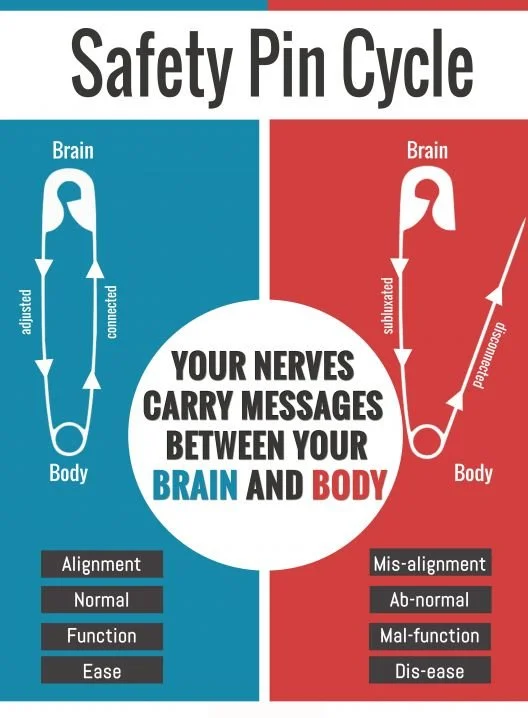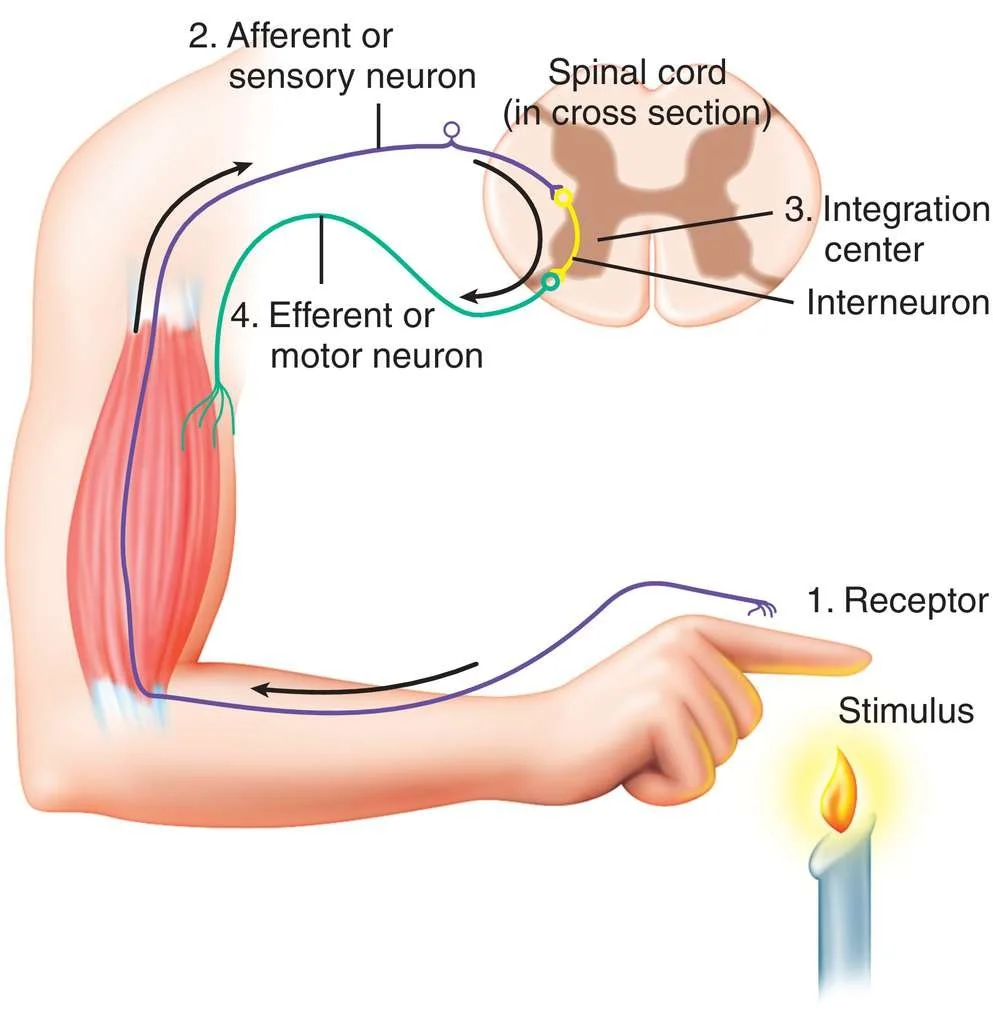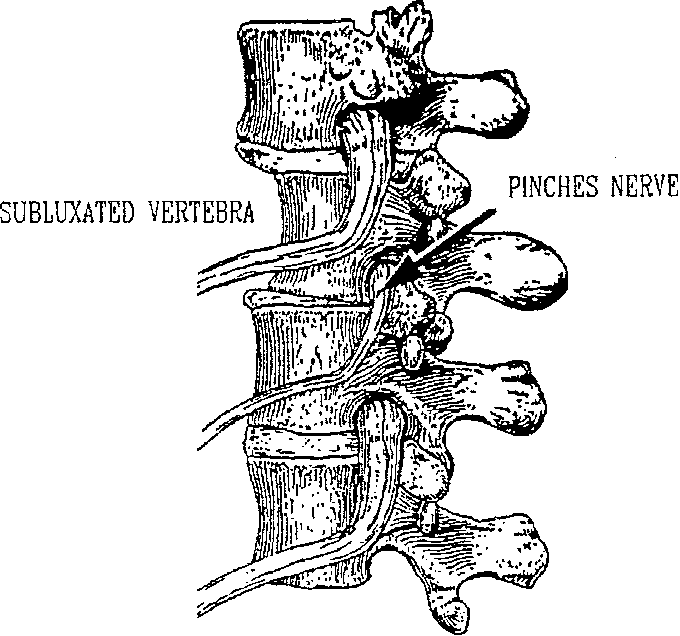The Vertebral Subluxation Complex Part 2: Neuropathophysiology
What on Earth is Neuropathophysiology?
Well, this is the part of chiropractic that really makes us special. By focusing on the skeletal, muscular and nervous systems, we're considered to be neuromusculoskeletal specialists. (Incidentally, this is why chiropractors often have higher insurance co-pays than primary care physicians.) Neuropathology, or more fully neuropathophysiology, is the keystone of chiropractic philosophy.
Let's do some quick definitions...
Neuro means relating to the nerves and nervous system. That's pretty easy.
Patho means faulty or disease
Physiology means the functions (normal functioning) of the body.
So, neuropathophysiology means that the normal function of the nerves is now faulty or "diseased." Let's say that again... your nervous system is no longer functioning the way that it's supposed to function.
The Safety Pin cycle is essentially a metaphor describing this element of the VSC.
So we talked about this metaphoric cycle on the main Subluxation page of my website. If you haven't checked that out, head over there and give it a gander if you need more of a brush up. The metaphor basically states that the nervous system is a continues closed loop of signals being sent from the brain to the body, and then from the body back to the brain. This idea captures the way most of the body works, but it does not account for every action that the body takes. For example, the body also has something known as reflex arcs. The easiest way to imagine these are safe guards to protect you from being injured. If you place your hand on a hot stove, there is a reflex arc that will interpret the information coming from your hand (that it's burning) and will cause your hand to jerk away before your brain actually receives and interprets the information and lets you know that your hand is in pain.
You'll notice in this image below that the information only travels to the spinal cord and not up to the brain. This is a somewhat simplified drawing, but it will be helpful to understand this pathway. A little vocabulary for you... Afferent neurons are taking information from the body to the brain/spinal cord, and the efferent nerves take information from the brain/spinal cord to the body. Look below to see the Withdrawal Reflex which is one of the most commonly known reflex arcs. You might be wondering how this is going to relate to subluxation, but just review this image, and know that I'll tie it in shortly.
Reflex Arc demonstrating a withdrawal reflex.
You have probably heard someone describe chiropractic care as relieving a pinched nerve. You may have even heard a chiropractor tell you or someone you know that they have a pinched nerve. An illustration of that would look something like this. There are a ton of analogies to describe what this is like, but for the sake of this photo I want you to look at the nerves. Notice how the nerves coming from the top and bottom vertebrae are nice and thick, and the middle bone that is pushed back is causing the nerve to be damaged, smaller and less plump.
Pinched Nerve Illustration
The only problem with this illustration is that while this is certainly enough to cause pain, it is not often enough to cause sustained, systemic dysfunction or disease. However, by the middle of the 20th century, the idea that simply the anatomical position of the vertebra was the sole cause of discomfort and disease had largely been left behind by scientific research and was used only for examples and analogies for patients.
A neurologist and osteopathic researcher by the name of Irwin Korr released another model that has become the foundation for the models we are still flushing out today. He believed that when a vertebra became misaligned that the tissue surrounding the vertebra would be inflamed. This inflammation along with the misalignment of the vertebra were enough to put mechanical pressure on the nerves. This pressure can lead to permanent damage of the nerve tissue and a permanent loss of function to whatever that nerve lead to. Let's go back to the image earlier of the Withdrawal Reflex Arc. If you had a subluxation at the level of the arc controlling this reflex, then you would be statistically slower and less effective at withdrawing your hand from the heat source!
Subluxated people have slower and poorer reflexes than unsubluxated people. In school, we did an experiment to test how reflexively we could perform an action. We were holding up an iPad with one hand that's screen was a solid color. We were told to tap the screen anywhere as soon as we saw the screen change color. We did this a number of times, and then the program would tell you how quickly on average you would press the screen. We repeated this experiment after an adjustment, and every single person in the class was able to press the screen faster on average. This is a really simple example, but talk about optimizing performance!
We have a lot of additional theories today, but I am going to save those for a future post. Basically, it's too cool (and too much information) to include everything I want with this post!
Yours in health,
Dr. William




